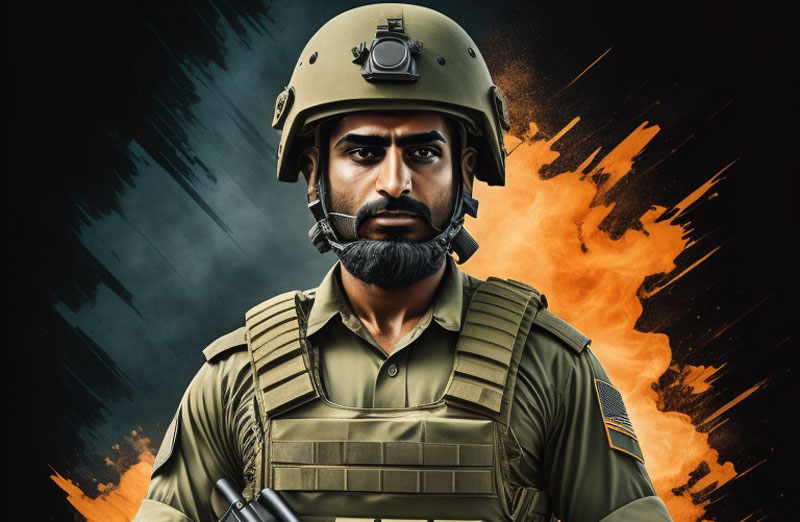Personnel Protection
Mohammed Asif Khan
In 2020, the Comptroller and Auditor General (CAG) of India raised concerns with the government, highlighting significant deficiencies and notably insufficient reserves of specialised winter clothing, snow goggles, multi-purpose boots and related equipment. These shortages were particularly acute for troops deployed in high-altitude areas such as Siachen, Ladakh and Doklam.

The audit report underscored the impact of delayed procurements, emphasising how essential clothing was in short supply due to delays in the acquisition process. According to a NITI Aayog estimate from 2020, the tri-services—Army, Navy, and Air Force—along with Central Armed Police Forces (CAPFs) such as Border Security Force (BSF), Central Reserve Police Force (CRPF), Central Industrial Security Force (CISF) and police, required a minimum of 3,00,000 bullet-proof jackets. Additionally, in late 2022, the Indian Army identified a crucial need for an additional 80,000 ballistic helmets to fortify its personnel against the escalating threat of high-velocity bullets.
Beyond the numerical aspect, the qualitative dimensions of this requirement become apparent through the lens of recent historical events. Instances of armed forces and state police engaging in combat operations without essential body armour and safety gear underscore the critical deficiency in protective equipment.
For instance, the aftermath of the 26/11 attacks in Mumbai brought to light glaring inadequacies, particularly in the bullet-proof jackets worn by security personnel. The Pradhan Inquiry Commission revealed the shocking reality that some jackets were outdated, incapable of withstanding grenade attacks, and, most alarmingly, purchased defective.
There are also different protective requirements for different forces. In 2020, the Indian Army wrote to the Ministry of Defence (MoD) demanding that the CAPFs refrain from wearing combat uniforms because they closely resembled what the Indian Army wears during combat operations thus leading to confusion amongst civilians between the army and police force.
Bulletproof vests and helmets serve as critical protective gear for both paramilitary and police forces, yet their requirements differ based on the nature of their operations. Paramilitary forces often face higher-calibre threats, including military
Subscribe To Force
Fuel Fearless Journalism with Your Yearly Subscription
SUBSCRIBE NOW
We don’t tell you how to do your job…
But we put the environment in which you do your job in perspective, so that when you step out you do so with the complete picture.







